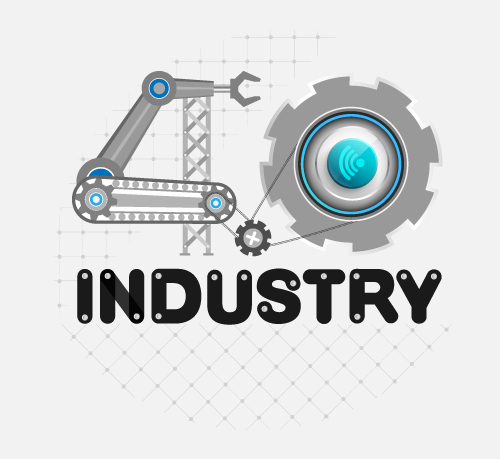Human Element Key to Digital Transformation
The future of manufacturing for biotech products is looking increasingly digital. Automated factories that rely on networked robotics will lead to flexible operations and even real-time responses to potential issues. Biotech products will be monitored throughout their lifecycle, beginning with clinical development through manufacturing to patient consumption, in what is termed the “digital thread.”
But how will the industry get there? And how can biotech manufacturers take advantage of the Internet of Things? It’s easy to be wowed by the promise of new technology, but the challenge lies in implementing it successfully within a heavily regulated industry.
Ryan Smith, Vice President of Engineering and Product with SightMachine, a company that markets software platforms for a variety of manufacturing firms, believes that companies who achieve success in digital transformation do so through a strong investment in planning and relying on the right people for the role of the project.
He will go into more detail about the nature of digital transformation for the biotech industry in his talk, “Driving Digital Transformation: Best Practices for Realizing Value from New Technology Within your Organization,” at the 2nd PDA Europe Annual Meeting (9 a.m., June 14, Track A: “Connectivity, Smart Devices and Analytics”).
“We’ve done enough engagement with big
companies now that we have a sense of how
things are going to work,” Smith explained.

In his experience, those companies that treat a new technology as if it were a smartphone, i.e., unwrap, install, and sit back, do not see as much success as those companies that strategically plan out the implementation and identify the right individuals for the project. And it’s the latter approach that Smith believes is critical for a company to achieve digital transformation.
“There needs to be the right people in place at the site,” he said, admitting that this can be a challenge if the technology is totally new. It may not be immediately clear who should be involved. This may require recruiting for individuals with specialized skills. Anyone leading a digital transformation project should ask “who are the experts that need to be involved in this project to make it a success, and how do we get them in order and in place prior to starting?
“Otherwise, you’re a bit behind and you have to try and scramble and round up people,” Smith added.
“Envision what the end goal of the project is and what success would look like if you looked back. So, who are the people to get that through...those are the types of backgrounds that are good to recruit for early in the process.”
And a company’s senior leadership must support and encourage the transformation in order for it to be realized.
“In order to actually initiate change, that has to come from within. And that’s a culture shift for a lot of these companies. There has to be top level commitment by senior leadership, who say, ‘we are going to move to adopt digital technology.’ And that can be especially tricky in regulated industries. So, you really have to have that buyin in order to get that going,” Smith said.
Once the right people are in place, the next step is figuring out the long-term goals of the project. Naturally, this will differ for each individual company, depending on the type of project.
“At the beginning of the project, you’re adding infrastructure and foundation to what a digital landscape will look like for your organization in five years, but we also make sure we have the concrete nets or business gains we want to initiate with this first run.”
Interestingly, while many biotech companies are concerned about how regulators will respond to their implementing new digital manufacturing technologies, in his experience, the regulators are generally accepting of new technologies provided companies ensure that product remains in compliance.
Smith believes that by 2027, almost all biotech companies will have been “digitally transformed.”
“In ten years, I think it will seem very strange we did things like we do right now,” he said.



 Ryan Smith currently
serves as Vice President of
Engineering and Product
at SightMachine, a startup
that leverages big data
and internet technologies
for manufacturing. He
formerly worked at Amgen, developing
novel robotic visual inspection systems.
Ryan Smith currently
serves as Vice President of
Engineering and Product
at SightMachine, a startup
that leverages big data
and internet technologies
for manufacturing. He
formerly worked at Amgen, developing
novel robotic visual inspection systems.